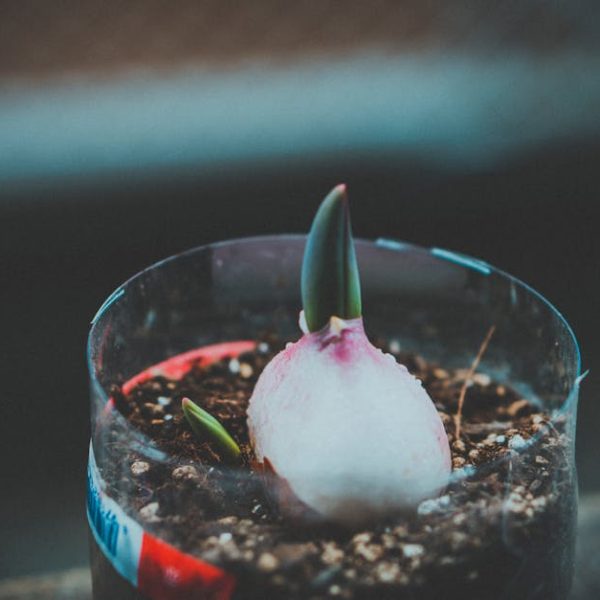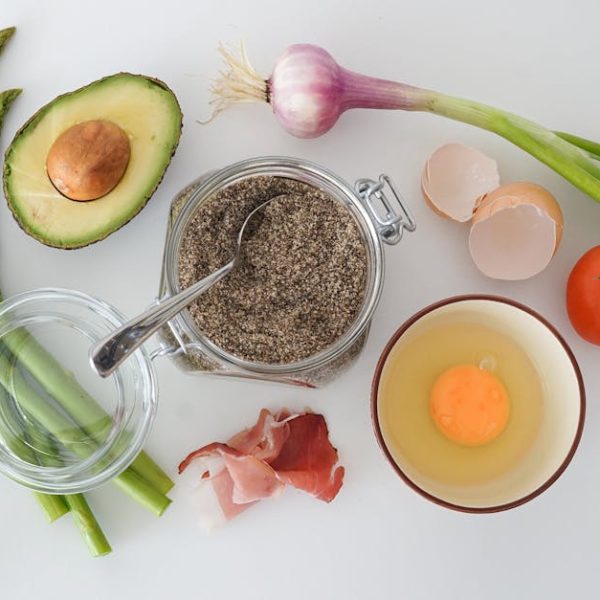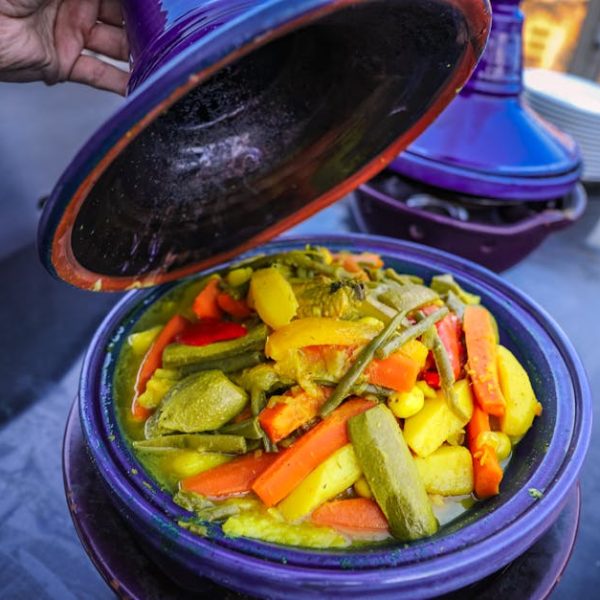Okra, known for its unique flavor and texture and rich nutritional profile, can be preserved through various methods to ensure it remains fresh and enjoyable long after its typical shelf life. By adopting suitable preservation techniques, you can enjoy this versatile vegetable’s health benefits throughout the year.
1. Freezing Fresh Okra
Freezing fresh okra effectively preserves its nutritional content and its unique flavor, as the cold temperature slows down the enzyme activity that causes the food to spoil. However, before you place the okra directly into the freezer, it’s necessary to blanch it in boiling water.
Checklist: Steps to Freeze Okra Correctly
- Select fresh, mature okra pods and wash them thoroughly
- Blanch okra in boiling water for 3-4 minutes
- Quickly cool it in ice-cold water to stop the cooking process
- Pat dry and pack the okra in freezer-safe bags
- Ensure to remove all air from the bag
- Freeze immediately
While freezing is an excellent method to prolong the life of okra, it does have its drawbacks, such as potential changes in texture.
2. Pickling Okra
Pickling is an age-old preservation method, resulting in a tangy, crunchy snack that adds a zesty touch to your meals. The vinegar used in the pickling process acts as a preservative, preventing spoilage and ensuring longevity.
Best Practices for Pickling Okra
- Use a neutral tasting vinegar, such as apple cider or white wine vinegar
- Flavor your brine with spices like mustard seeds, dill, or chili flakes
- Pack the okra tightly into sterilized jars to maximize the amount of okra per jar
List: Ingredients and Materials for Pickling Okra
- Fresh okra pods
- Vinegar (white wine or apple cider)
- Spices (mustard seeds, dill, etc.)
- Salt
- Sugar
- Sterilized jars
3. Canning Okra
Canning okra involves sealing them inside an airtight container and heat-treating it to kill any bacteria, enzymes, and organisms that could cause food spoilage. This process extends the shelf life of okra, making it a popular preservation method.
Pro Tips for Canning Okra
- Use high-quality canning jars to ensure an airtight seal
- Sterilize all your canning equipment before use
- Have a pressure canner ready if you’re canning low-acid foods like okra
Canning does require a certain level of expertise, and if not done correctly, can lead to foodborne illnesses. However, it does provide a long shelf life and retains the flavor of okra fairly well.
Stay tuned for the next part where we discuss drying and dehydrating okra, preserving okra in oil, the factors to consider when choosing a preservation method, and the handling, risk and safety guidelines.
4. Drying and Dehydrating Okra
Drying or dehydrating okra is a convenient method to preserve okra while maintaining its nutrients. This process removes the water content from the okra, which inhibits the growth of bacteria, yeast, and mold that can spoil the vegetable.
Pro Tips for Drying/Dehydrating Okra
- Choose mature, firm okra pods for best results
- Make sure to clean and dry them thoroughly before the dehydration process
- Slice the okra evenly to ensure uniform drying
List: Ways to Use Dried/Dehydrated Okra in Recipes
- Dried okra can be ground into a powder to use as a thickening agent in soups and stews
- It can be added directly to dishes like curries and stews
- Rehydrate dried okra in warm water before using in salads or stir-fries
Drying or dehydrating okra might change its texture and flavor slightly, hence it’s crucial to use it in dishes that complement these changes.
5. Preserving Okra In Oil
Preserving okra in oil is another effective method, where okra is submerged in oil and stored in jars. This process not only extends the shelf life but also enhances the flavor of okra.
Checklist for Preserving Okra in Oil
- Blanch okra and let it dry thoroughly
- Fill sterilized jars with okra pods
- Pour high-quality oil until the pods are fully submerged
- Seal and store the jars in a cool, dry place
Comparisons: Oil vs Other Preservation Methods
| Preservation Method | Flavor | Texture |
|---|---|---|
| — | — | — |
| Oil | Enhanced by the oil | Maintained |
| Canning | Preserved, sometimes more muted | Can soften okra |
| Pickling | Tangy, influenced by vinegar and spices | Crunchy |
| Drying | May change, depending on the dish | More chewy |
| Freezing | Mostly maintained | Can become more soft |
Main Factors to Consider While Choosing a Preservation Method
When deciding how to preserve okra, consider the resources you have on hand, the intended use of the okra, your flavor preferences, and how long you want to store the okra.
List of Factors to Consider in Choosing a Preservation Method
- Shelf life
- Intended use
- Access to preservation materials
- Preferred taste and texture
Best Practices When Choosing a Preservation Method
- Always use fresh, mature okra for best results
- Understand the time and effort involved in each method
- Consider the storage conditions you have at home
Preserving Okra: Handling, Risks, and Safety Guidelines
Proper handling of okra is vital during any preservation process to ensure safety and the best quality end product. Being aware of potential risks and adhering to safety guidelines are crucial.
Safety Guidelines for Handling and Preserving Okra
- Always wash okra thoroughly before use
- Keep your work area clean and sterilize all equipment
- Ensure the okra is cooled before freezing or oil preservation
- Properly seal cans/jars while pickling or canning
Pro Tips on Reducing Risks
- Use fresh and high-quality ingredients
- Follow the preservation guidelines strictly
- Always check for signs of spoilage before consuming preserved okra
By choosing and implementing the right preservation method, you’ll be able to enjoy nutritious and delicious okra all year round. Happy preserving!
Key Takeaway:
- There are five main methods of preserving okra for maximum freshness: freezing, pickling, canning, drying and dehydrating, and preserving in oil.
- Each method varies in terms of process, longevity, flavor, and texture outcome.
- Some methods, such as freezing and canning, can best preserve okra’s nutritional content and flavor, while others like drying or dehydrating could slightly alter the taste and texture.
- Proper handling, understanding the risks, and adhering to safety guidelines are crucial in any preservation process.
- The choice of preservation method should take into account factors like available resources, required shelf life, and the intended use of the preserved okra.
Whether you are aiming for the tangy crunch of pickling, the uncompromised flavor from freezing, or the enhanced taste from oil preservation, following these guidelines will help you preserve the fresh, delicious taste of okra year-round. With the right method, not only do you increase the shelf-life of this nutrient-rich veggie, but also relish its goodness in various dishes.
FAQs
Q: Can we mix preservation methods for okra, like canning and pickling simultaneously?
A: You can mix preservation methods, such as pickling the okra first and then canning it. However, it’s crucial to follow the correct procedures for each method to ensure safety and the correct preservation of flavors.
Q: How to prevent okra turning slimy while preserving them?
A: The sliminess of okra can be reduced by quickly blanching them in boiling water and then cooling them rapidly in an ice bath before storing.
Q: After dehydrating the okra, what is the best way to store them?
A: After dehydrating, store the okra in airtight containers, away from direct sunlight, in a cool and dry location to maintain its longevity.
Q: How to check for spoilage in preserved okra?
A: Look for signs like foul smell, discolored okra, or growth of mold. If any of these signs are apparent, do not consume the preserved okra.
Q: Can I preserve okra without any special preservation technique?
A: Okra has a short shelf life at room temperature and needs a preservation method to extend it. While you can store okra in the refrigerator for a few days to a week, for long-term preservation, methods like freezing, pickling, canning, drying/dehydrating, or preserving in oil are advisable.
Feel free to share this article to help others learn about the top methods to preserve okra for maximum freshness. Explore more posts on our website to enrich your knowledge on food preservation techniques.






